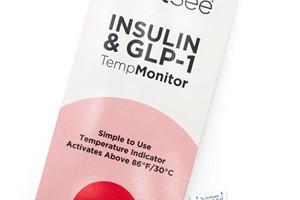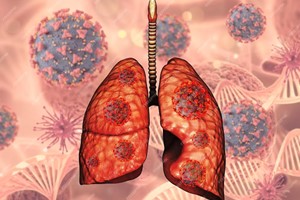In a significant move to safeguard public health, the Environmental Protection Agency (EPA) has finalized a rule imposing stricter limits on the use of ethylene oxide, a chemical widely employed in the sterilization of medical equipment. This decision follows findings of heightened cancer risks associated with facilities utilizing ethylene oxide for sterilization processes, impacting billions of medical devices such as catheters and syringes.
The new rule, announced on Thursday, aims to reduce ethylene oxide emissions by approximately 90% by targeting nearly 90 commercial sterilization facilities across the United States. Companies operating these facilities will be required to conduct air testing for the antimicrobial chemical and ensure the effectiveness of pollution control measures.
EPA Administrator Michael Regan emphasized the rule's role in protecting public health, particularly highlighting its significance for vulnerable populations such as children, who are particularly susceptible to the effects of carcinogens. Regan stated, "We've arrived at a historically strong rule that will protect the most exposed communities from toxic air pollution while also ensuring safeguards for our nation's critical supply of sterilized medical equipment."
The American Lung Association hailed the rule as a crucial step forward in mitigating the health risks posed by ethylene oxide emissions. Harold Wimmer, President and CEO of the association, underscored the dangers of both short-term and long-term exposure to ethylene oxide, emphasizing the imperative of reducing cancer risks associated with air pollution.
Communities residing near commercial sterilization facilities, according to Wimmer, face elevated cancer risks due to ethylene oxide emissions, a situation deemed unacceptable. Wimmer emphasized the right of every individual to live in an environment free from heightened cancer risks attributable to air pollution.
Acknowledging the necessity of safe and clean medical supplies for patients with underlying health conditions, Wimmer commended the EPA for ensuring the balance between reducing harmful emissions and maintaining access to sterilized medical equipment.
Darya Minovi, a senior research analyst with the Union of Concerned Scientists, welcomed the EPA's action as long overdue. Minovi highlighted the persistent exposure of communities, especially marginalized groups, to the cancer-causing chemical ethylene oxide, attributing the regulatory progress to the relentless advocacy efforts of grassroots activists and public health experts.
The EPA's decision is grounded in a comprehensive understanding of ethylene oxide's severe health threats, according to Regan. Classified as a pesticide, ethylene oxide poses a heightened cancer risk, particularly to workers in medical sterilization plants.
The EPA's updated assessment in 2016 revealed the substantial risks associated with ethylene oxide exposure, prompting the formulation of stricter regulations. The agency's collaborative efforts with various departments and agencies, including the Department of Health and Human Services, underscore its commitment to prioritizing public health in regulatory decisions.
Scott Whitaker, President and CEO of the Advanced Medical Technology Association, emphasized the essential role of medical sterilizers in ensuring the safety of medical devices. Whitaker expressed the industry's commitment to reviewing the EPA's rule while advocating for adequate time and flexibility in implementation to minimize potential disruptions to the healthcare system.
Associated Press - Matthew Daly














